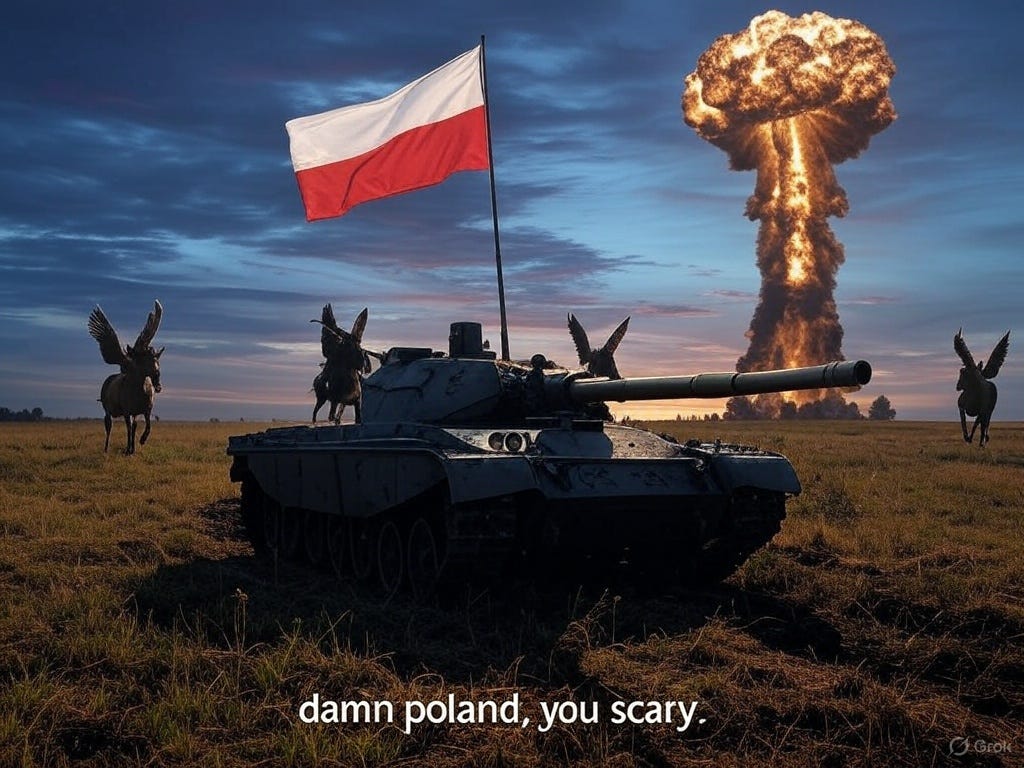Damn Poland, You Scary
Europe has a new bulwark against Russia
Polish Prime Minister Donald Tusk says that his government wants to build “one of the largest European militaries.” While most of the contracts awarded last year went to American contractors, with South Korea being the runner-up, the Polish Ministry of Defense was already expected to increase its European partnerships even before the American election r…
Keep reading with a 7-day free trial
Subscribe to Polemology Positions to keep reading this post and get 7 days of free access to the full post archives.


